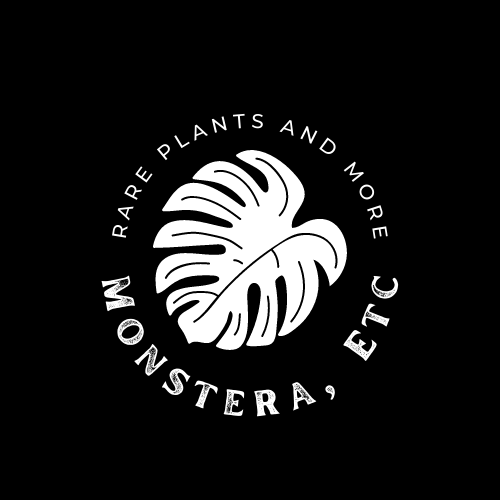MonsteraEtc
Anthurium Besseae aff. (blue-hue)
Anthurium Besseae aff. (blue-hue)
No se pudo cargar la disponibilidad de retiro
*Please note cosmetic damage from outdoor, summer growing in Florida*
Anthurium besseae is a rare and visually striking species from the genus Anthurium, notable for its deep red spathes and dark, velvet green leaves. Native to Ecuador, this tropical plant thrives in humid, shaded environments, mimicking the understorey of rainforests. This makes it ideal for indoor cultivation, provided the right conditions are met.
In horticulture, Anthurium besseae requires well-draining soil composed of organic materials like peat moss, perlite, and orchid bark. It benefits from indirect, bright light, as direct sun can damage the foliage. The optimal temperature range for growth is between 65-75°F (18-24°C) during the day and slightly cooler at night. High humidity levels, ideally around 80%, are essential for healthy growth and vibrant foliage.
Due to its epiphytic nature, this species also enjoys occasional misting to keep aerial roots hydrated. Repotting is recommended every two to three years, usually during the growing season, to refresh the soil and provide space for root development. When repotting, care should be taken to avoid root damage, and a container with good drainage is essential to prevent waterlogging and root rot.
Like many anthuriums, A. besseae can be propagated through division or stem cuttings. It is susceptible to common pests such as aphids and spider mites, as well as fungal infections like leaf spot. Routine monitoring and early intervention with treatments like neem oil can prevent severe infestations.
This plant is highly sought after by collectors due to its unique aesthetic appeal, making it a valuable addition to tropical plant collections.
Shipping & Returns
Shipping & Returns
NO REFUNDS, EXCHANGES, or RETURNS. No Exceptions.








